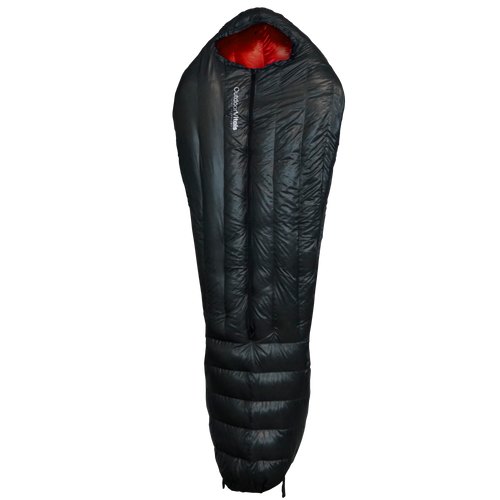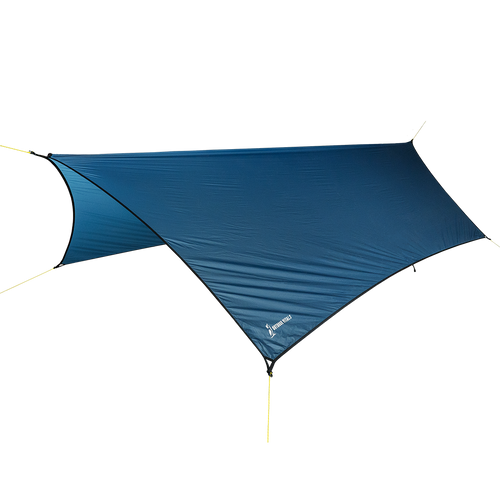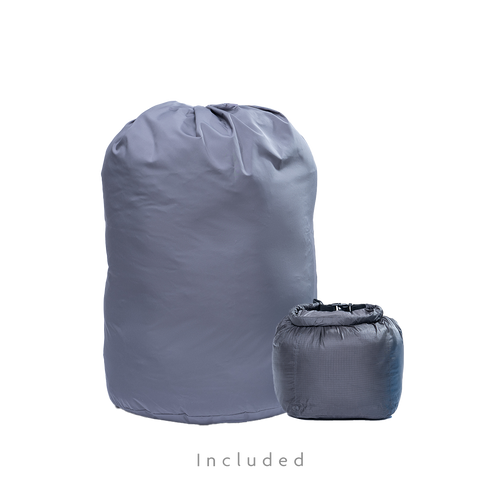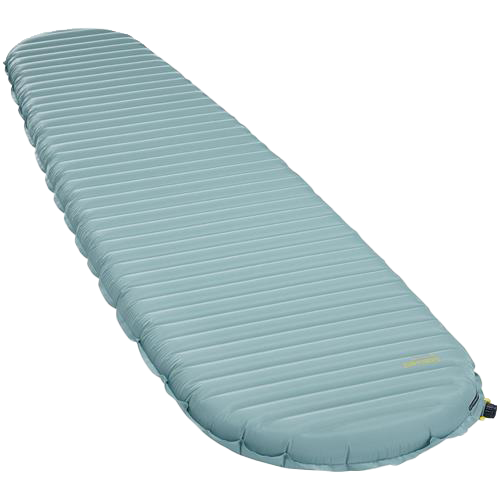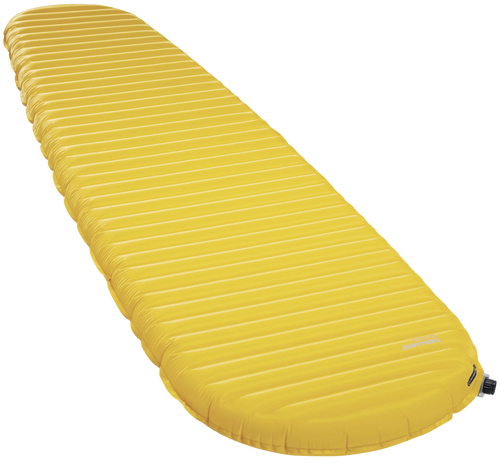Hiking 20+ Miles Per Day WITHOUT Getting Worn Out
We've all been there.
After a number of miles on trail, fatigue starts to set in & we start to wonder, "Am I actually going to make it as far as I thought?"
Whether you're a thru-hiker, weekend warrior, or casual backpacker - these tips will help you increase your trail mileage safely so you can enjoy more of the backcountry WITHOUT destroying your body.
At Outdoor Vitals, we've done some gnarly hikes.
In just one summer we finished not one, but TWO 100-mile hikes in less than 5 days each.
The first was a 100-mile section of the Appalachian Trail, which we actually finished in closer to 4 days.
The second was the 115 mile Uinta Highline Trail where we crossed some of the highest mountain passes in the state of Utah and rarely dropped down below 10,000 feet in elevation.
And neither of those was our first rodeo with high-mileage trips during short time windows!
Over time, we've learned some helpful information that we've tested, proven, & can now recommend to you as you work towards getting out there & seeing more.
I should add the caveat that our team is NOT all naturally athletic. These tips are things that most people can actually apply and feel a real difference!
The Perfect 20 Mile Day
What is the Perfect 20 Mile Day? Let me walk you through the ideal schedule:
First, we wake up early. Typically getting up with the sun is the best thing to do. During summer, this is around 6:00 - 6:30 a.m.
- The goal in the morning is to get moving as quickly as possible.
- Do NOT sit around making breakfast.
- Quickly gather your gear, hydrate, & hit the trail. If you're feeling it, start munching on a protein bar or something similar while on the move.
- Plan on hiking at least 1 hour before taking a break for breakfast. You should be able to hike at least 2 miles down the trail in that time.
7:30 a.m: Take a quick 20-30 minute breakfast. Make sure you are hydrating well & fueling up for the day!
- A lot of backpackers will have breakfast first thing in the day before packing up camp and moving. Then they'll hike 4-5 hours before taking a break for lunch.
- By taking shorter & more frequent breaks, you'll actually be able to go further with less strain on the body, & it will be easier to make sure you are staying on top of fuel and hydration.
8:00 a.m: Time to get hiking again! You should plan to hike at least another 4 miles while enjoying the cooler morning temperatures.
10:30 a.m: At this point you'll want to take a short morning break. Again, this should be between 20 and 30 minutes long.
- You might not feel very tired yet, but this is part of being proactive so you can go further later. Hydrate, eat some calories, raise your legs up and get off your feet.
TIP - plan your breaks around water stops whenever possible. This allows you to optimize your time. If you can filter water during your planned breaks, you'll be able to get quite a bit further down the trail.
11:00 a.m: This time hike for an hour and a half until 12:30. You should hike at least 3 miles during this hiking block.
That will put you at about 9 miles for the day before lunch!
12:30 p.m: Lunch time! This break should actually be quite a bit longer! Take a full hour to get off your feet, have a good lunch, and hopefully enjoy some good views!
1:30 p.m: After your hour-long lunch break, you should be ready to go for another 2 hour hiking block! Get another 4 miles in, putting you at 13 miles so far by 3:30!
3:30 p.m: This is another 30 minute break a lot like the mid-morning break. It's a good time to stretch, hydrate, snack, and get off your feet for a little while.
4:00 p.m: Hike for another hour and a half covering at least 3 miles. That's 16 miles!
5:30 p.m: Time for dinner! You might be tempted to push on & get all the way to camp.
Do NOT do that...
- Often what happens when you get to camp is that you prioritize setting up your tent, etc. before starting to cook your meal. If you've been pushing hard to get to camp and delayed that calorie intake, you'll run the risk of starting to get into a calorie deficit.
- Not only that, but you'll be going to bed with a very full belly!
- It's better to take a dinner break on trail & enjoy some great views without having to worry about setting up camp yet, and then walk a few nice closing miles to help digest your food.
6:30 p.m: This is when you start your FINAL hiking block of the day. You've just got to cover another 4 miles!
- These last 4 miles are during what we call "the golden hour." Wildlife is out, the sun is casting a beautiful glow on the entire landscape, & it's not overly hot or cold.
- These hours out on the trail could be the most memorable of the whole day!
8:30 p.m: You should have crossed the 20 mile mark & arrived at camp by this time and started to set up your tent and sleep system!
By 9:00 p.m. you should be able to crawl into your cozy ultralight tent & get 9.5 hours of rest before waking up and doing it all again the next day!
Important Things To Remember
This pattern of hiking for an hour or two at a time between breaks is a great way to decrease stress on the body & take in some great views rather than be stuck at a less than stellar campsite.
Even if you don't hike a full 20 miles, this system will still significantly increase the number of miles you can cover!
But there are some things that are absolutely critical to make this system work:
- Train ahead of time. This will especially help when your hiking a lot of miles day after day, & will help you prevent yourself from getting overly fatigued after just a day or two of hiking.
- Pack ultralight! This includes everything, even your shoes! They say an ounce of weight on your feet is the equivalent of pounds in your backpack. That can drain your energy quickly! Pack as light as you can.
- During breaks, stretch & raise up your feet. Raising your feet can really reduce swelling & give them a very needed break from the constant pounding on the trail. Doing that can give your feet a very fresh feel for when you stand up to start hiking again.
- Never get behind on hydration & calorie intake! With the number of miles (& potentially elevation) that you'll be covering, it will be nearly impossible to catch back up if you fall behind. Getting dehydrated or low on calories opens you up for all kinds of health challenges including higher risk of elevation sickness & mental/physical fatigue.
This can change your life in backpacking & allow you to go more and experience more.
You may be able to even accomplish some of your dream hikes that have previously felt a bit out of reach!
Tell us about your biggest mile days on trail in the comments below!
If you want to go even more in depth about the Perfect 20 Mile Day & learn other useful tips and information, check out this full podcast episode where we really get granular about tactics that have helped us, how this works so well, and more!
1 comment
Thanks so much for this outstanding video. I may stop chuckling in awhile. You both are amazing athletes, I would not have made it. Now I am going to make notes on the Perfect 20 in order to employ the technique on the 100 mile challenge.
Thanks

